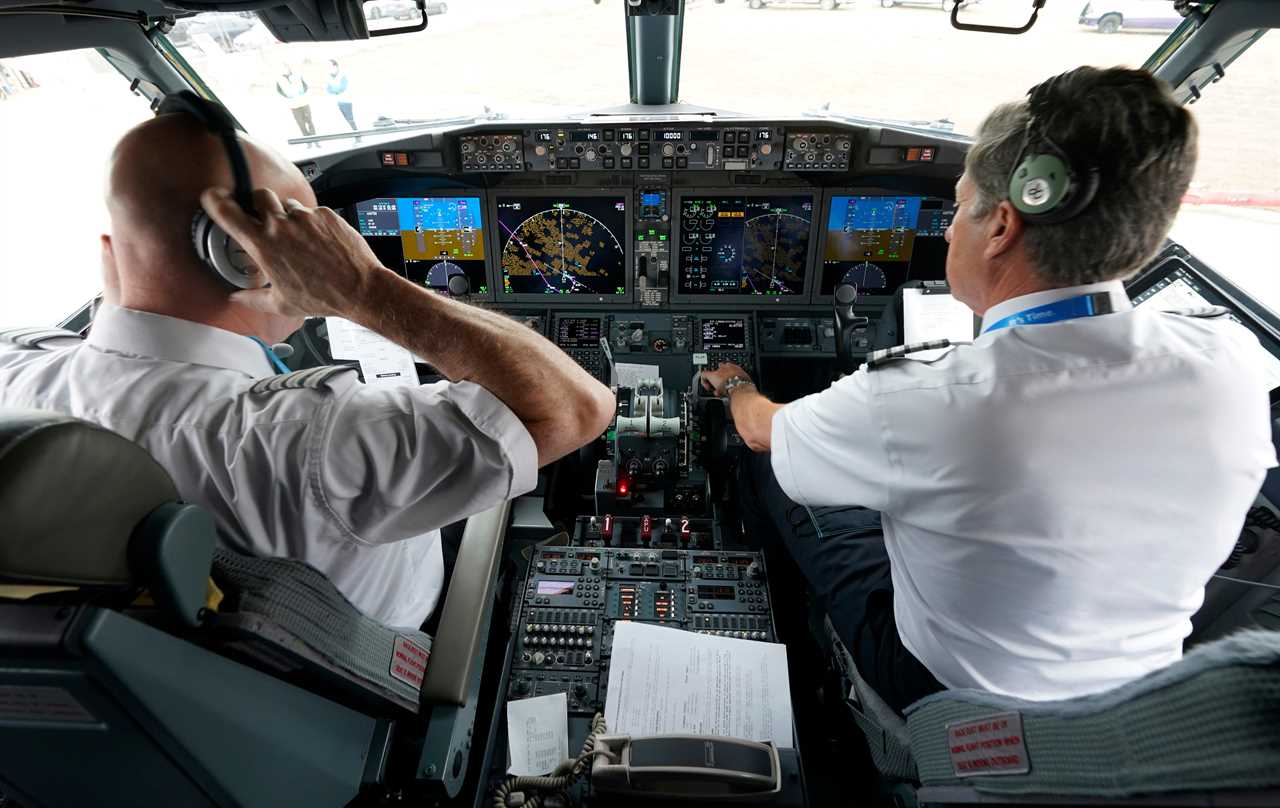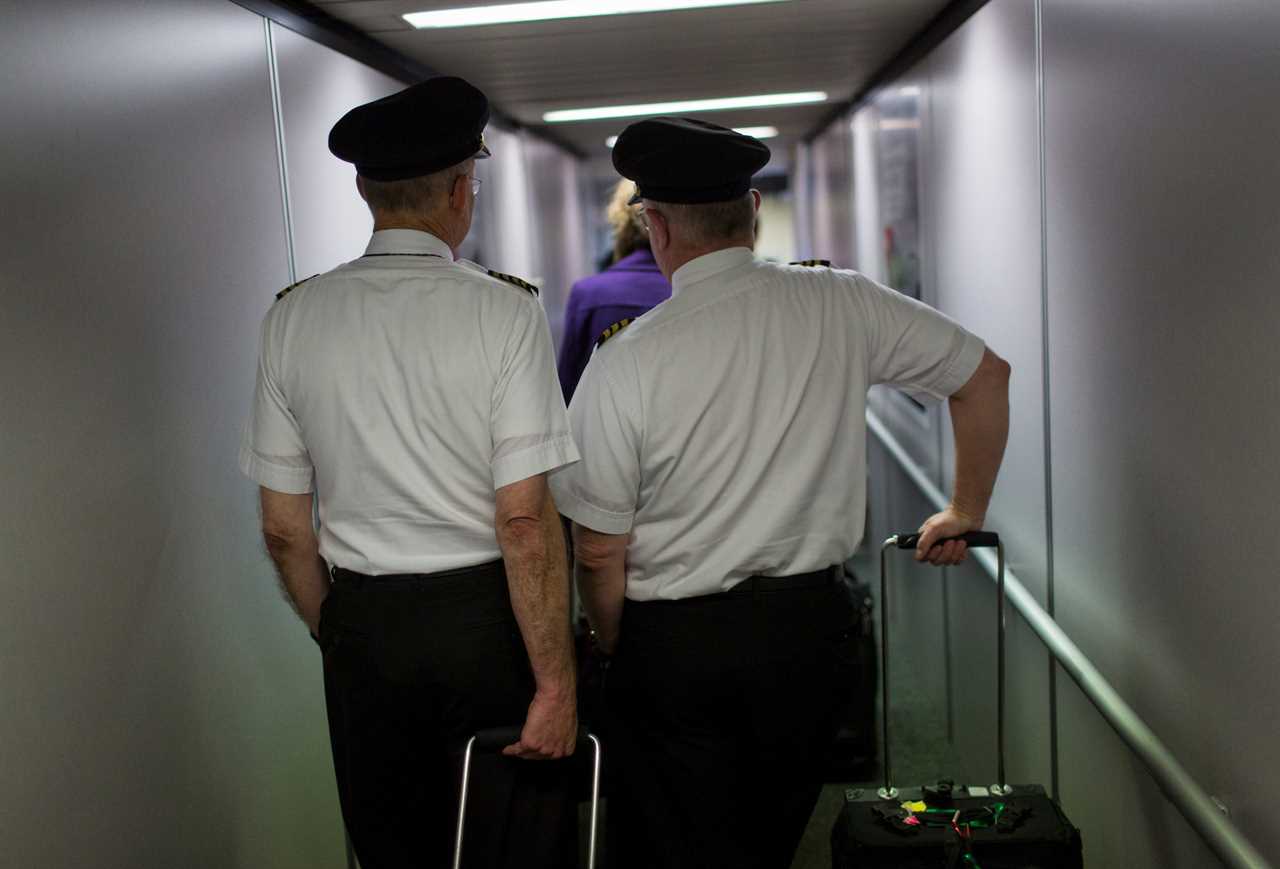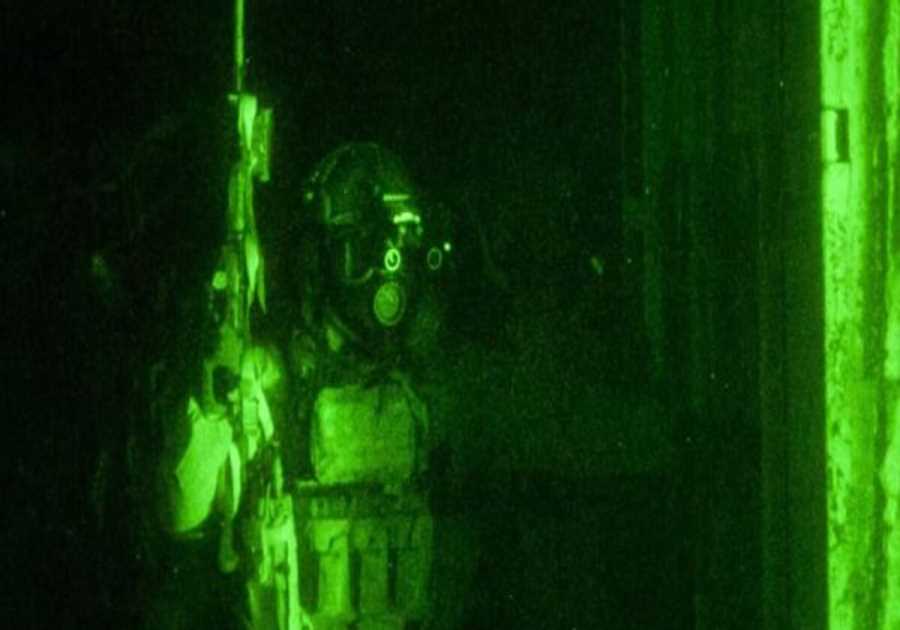Thomas Pallini/Business Insider
- An off-duty pilot was charged with trying to turn off a plane's engines while riding in the cockpit.
- The incident highlights how aviation insiders are able to skirt stringent safety procedures.
- The pilot was sitting in the "jump seat" which gave him easy access to the cockpit's operations.
An off-duty pilot was accused of attempting to turn off a plane's engines mid-flight despite conforming to the aviation industry's strict safety regulations — highlighting the potential havoc airline personnel can wreak even while operating within the system.
An Alaska Airlines pilot was accused of trying to shut off the plane engines and later attempting to grab the handle of an emergency door during Alaska Airlines Flight 2059 operated by Horizon Air from Everett, Washington, to San Francisco, California on Sunday, according to federal and state court documents reviewed by Insider.
The off-duty pilot, Joseph Emerson, who told authorities he had taken psychedelic mushrooms for the first time about 48 hours prior to the flight, was charged Tuesday with one federal count of interfering with flight crew members and attendants, as well as dozens of state charges of attempted murder and reckless endangerment.
Emerson, 44, pleaded not guilty in court on Tuesday. His attorney did not immediately respond to Insider's request for comment.
The on-duty pilots who were operating the plane carrying 80 passengers and four crew members were able to subdue Emerson in the cockpit before he was able to send the plane into free fall, but the bizarre incident lays bare the ways in which aviation insiders are able to skirt the industry's stringent safety procedures, experts said.
"Post-9/11 protections have made our cockpits very secure," said Anthony Brickhouse, an air safety investigator and associate professor at Embry Riddle Aeronautical University. "But those procedures were to protect flight crew from passengers."
The 'jump seat'
Emerson was riding in the plane's cockpit "jump seat" when he began acting strangely, according to federal court documents. The jump seat — or sometimes seats depending on the size of the aircraft — is located behind the pilots' seats, giving Emerson easy access to the fire handles located inside the cockpit which activate the plane's emergency fire suppression system and cut off fuel from the engines, according to federal court documents.
The jump seat is often used by off-duty pilots to travel to and from work, as well as industry inspectors and professionals, Brickhouse said. The extra seat allows pilots to easily move between destinations without the airline having to bump a paying passenger, The Associated Press reported.

AP Photo/LM Otero, File
Gaining access to the jump seat, however, requires vetting, Brickhouse said. Airlines have to approve any person who sits in the jump seat and off-duty pilots must present their credentials to the crew, according to The AP; a flight's captain also has final say over any additional people riding in the cockpit.
"As far as we know, this pilot was perfectly legal and perfectly certified to be riding in the jump seat," Brickhouse said of Emerson.
The two on-duty pilots later told police they didn't notice anything strange about Emerson's behavior prior to takeoff. The pilots said they talked casually with him about different types of aircraft and the weather, according to a criminal complaint.
"Once you're in that cockpit, you're someone who is supposed to be there," Brickhouse said.
Pilot psychology
The on-duty pilots later told authorities that Emerson was behaving normally for the first half of the flight until he tossed his headset across the cockpit and said "I'm not okay." He then reached up and grabbed the red fire handles and pulled them down, the criminal complaint said.
One of the on-duty pilots grabbed Emerson's wrist while the other declared an in-flight emergency, according to court documents. They briefly wrestled with Emerson before he settled down. He then left the cockpit and was restrained by the flight crew, according to court records.
Because of the nature of their profession, pilots have to undergo a psychological screening during their regular medical exams, the AP reported. Emerson had his most recent exam in September, according to the outlet, which cited Federal Aviation Administration records.
During these required exams, FAA-approved medical examiners interview the pilot and note whether they have received any psychiatric treatment and any medications they're taking, The AP reported.
There is seemingly little in Emerson's immediately accessible public record or history to indicate he would be involved in Sunday's incident, according to media reports. He had completed all of his required professional certifications and had no criminal record, The New York Times reported.
Friends and former flying colleagues of Emerson's told The AP he was a nice, normal-seeming guy who was "fanatical" about flying safety.
But Emerson told police he became depressed about half a year ago and believed he was having a "nervous breakdown" after having not slept for 40 hours prior to the incident, according to court documents.
According to a probable cause statement, Emerson told police he had taken the psychedelic mushrooms about 48 hours before he tried to stop the engines. A police officer noted that Emerson did not appear to outwardly be under the influence of any intoxicants during the interview.

Photo by Robert Nickelsberg/Getty Images
Emerson told police he "pulled both emergency shut off handles because I thought I was dreaming and I just wanna wake up," court documents said.
According to an affidavit filed Tuesday in Multnomah County Circuit Court, Emerson told authorities he had struggled with depression for six years and said a friend had recently died.
Industry changes
It's too soon to tell whether the incident will prompt any industry changes, Brickhouse said.
"In safety, whenever we have what we call a "near miss," where tragedy did not happen, it presents you a good opportunity to learn from it, review your procedures, and make sure you have everything in order," he said.
Ross Aimer, a retired airline pilot who is now the CEO of an aviation consulting firm, told The AP that the Sunday incident could put off-duty pilots' ability to ride in the cockpit jump seat in jeopardy — a development that he said could cause air travel to come to a "grinding halt."
But that would likely be a pointless change, experts said.
"If a pilot wanted to do something nefarious why wouldn't they wait until they were on one of their regularly scheduled flights as a captain?" Brickhouse said.
Read More
By: [email protected] (Erin Snodgrass)
Title: Why an off-duty pilot who is accused of trying to turn a plane's engines off mid-flight was allowed to sit in the cockpit
Sourced From: www.businessinsider.com/alaska-airlines-pilot-mushrooms-turn-planes-engines-off-2023-10
Published Date: Wed, 25 Oct 2023 01:23:07 +0000
Did you miss our previous article...
https://trendinginbusiness.business/business/in-a-world-of-infinite-ai-the-new-luxury-item-will-be-humans
.png)





